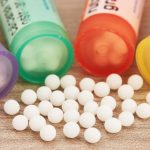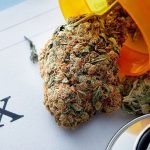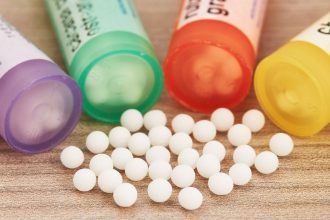Examining some of the tactics used by pharmaceutical companies to influence government policy. What action can be taken to mitigate these legal loopholes for increased patient safety and access to affordable medication?
Pharmaceutical companies spent $6.88 BILLION on marketing on the Top 5 Drugs in 2020 alone! Unlike in the United States, in the European Union, drug companies are not allowed to publicly promote prescription-only medicines. The influence of the pharmaceutical lobbyists on government policy in both marketing and industry regulation to the detriment of to vary patients they are supposed to help is a disturbing fact.
In a striking shift caused by the pandemic, the manner in which pharma allocated its marketing budget underwent significant changes. While direct-to-consumer branded drug ads saw no substantial increase in spending in 2021, unbranded campaigns experienced an astronomical surge.
Alarming data obtained by Fierce Pharma from Kantar Media revealed that three immunology drugs and two diabetes medications occupied the highest ranks in terms of branded DTC spending. These five brands collectively poured a staggering $6.88 billion into various ad campaigns and media platforms within the United States, almost mirroring the $6.86 billion spent by the top five brands in 2020.
Conversely, the top five unbranded campaigns witnessed an astonishing year-on-year spike. Their combined expenditure in 2021 skyrocketed to $216 million, utterly overshadowing the total of $44 million spent in 2020.
These facts should raise concerns. The COVID pandemic presented a tremendous threat to drug prescriptions, as people shied away from doctors’ offices and surgical centers. Consequently, new diagnoses plummeted, and the number of surgeries performed drastically decreased. As a response, the industry resorted to advocating for awareness, education, and urging individuals to seek medical attention—a pivotal strategy. Simultaneously, companies embarked on image-building initiatives to showcase their contributions to the battle against the coronavirus.
Furthermore, it should be no surprise that the dominant players on both lists were major pharmaceutical corporations. However, the order in which they appeared deviated from the norm. Newcomers disrupted the overt dominance of established behemoths in the branded spending rankings. Additionally, Pfizer and Eli Lilly’s image campaigns joined the ranks of unbranded initiatives alongside disease-specific campaigns.
For additional credit, research, and source of this article, please visit here.











